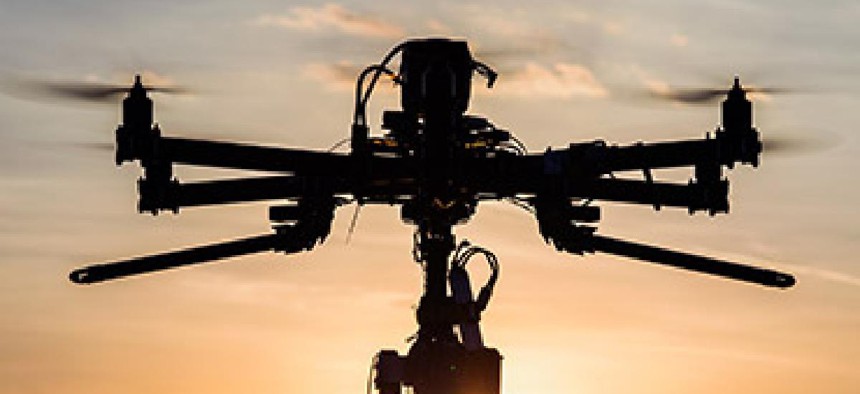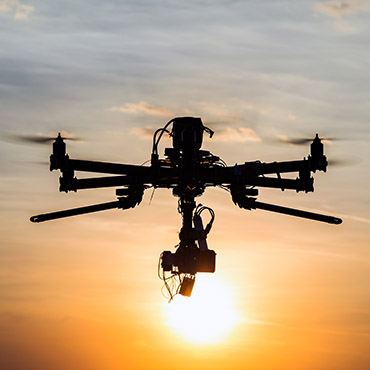FAA drone deadline looms as apps bloom

The Association for Unmanned Vehicle Systems International said its study of FAA exemptions shows "a commercial market waiting to be unleashed."

(concept w / Shutterstock)
What: “The First 1,000 Commercial UAS Exemptions,” a study released by the Association for Unmanned Vehicle Systems International that breaks down data about the first commercial exemptions granted for unmanned aerial drones in U.S. airspace.
Why: The Federal Aviation Administration’s deadline to work unmanned aerial systems safely into U.S. commercial airspace looms on Sept. 30, although the agency has hinted it is probably going to miss the mark.
At a Sept. 10 House Judiciary Committee's Subcommittee on Courts, Intellectual Property, and the Internet hearing on the applications of unmanned commercial aircraft and public policy, Rep. Darrell Issa (R-Calif.) said the Obama administration had “essentially punted” on the rules.
The “inaction of the FAA,” he added, can’t stifle commercial development of the technology.
AUVSI said its study shows some of the commercial application diversity, as well as “a commercial market waiting to be unleashed.”
The FAA has been working since last May to approve commercial plans ahead of the deadline. As of Sept. 1, according to the study, the agency has granted 1,000 petitions for exemptions to operate unmanned commercial aerial systems commercially in the National Airspace System without an airworthiness certificate. The agency approved the first set of commercial operators on Sept. 25, 2014, to six film and television production companies.
In the first year of accepting exemption requests, the study found that the FAA approved almost 500 out of about 1,500 petitions, and as of Sept. 1, it had approved 1,407 out of more than 2,650 petitions. The agency continues to approve 50 new operations a week by rolling out a summary grant process in which similar petitions are batched and analyzed together rather than individually. However, the report said, the number of applicants continues to greatly outpace approvals.
The study found that operators have been approved in 49 states, with California containing the most with 114 operators, followed by Florida with 97 and Texas with 82. Delaware and the District of Columbia had no operators.
California companies made the most unmanned aerial system platforms with 140 manufacturers. Florida follows in second place with 19. In all, said the study, 22 states have unmanned aerial system makers.
Exemptions granted by the FAA cross more than 25 major industries, led by general aerial photography, which was mentioned in 512 of the first 1,000 exemptions. Real estate, general aerial surveying and agriculture were among the other leaders.
Verbatim: “It is clear in the data that, even though many industries have started to benefit from UAS operations, beyond-line-of-sight operations, operations over congested areas and nighttime operations will be critical to achieving the full societal and economic benefits of UAS use. To achieve this, a risk-based, technology-neutral regulatory framework will be essential to getting this industry off the ground.”


